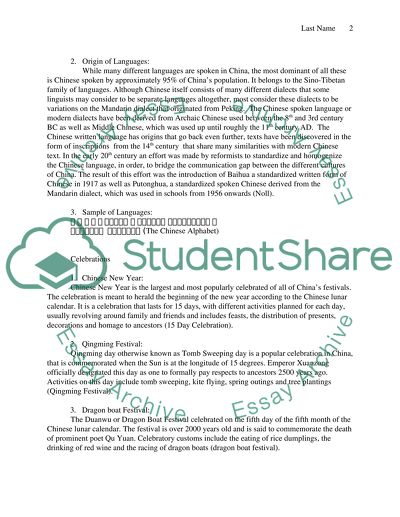Cite this document
(“Multicultural Fact Sheet: AKA Research Paper Example | Topics and Well Written Essays - 1250 words”, n.d.)
Retrieved from https://studentshare.org/sociology/1437380-multicultural-fact-sheet-aka-research-paper
Retrieved from https://studentshare.org/sociology/1437380-multicultural-fact-sheet-aka-research-paper
(Multicultural Fact Sheet: AKA Research Paper Example | Topics and Well Written Essays - 1250 Words)
https://studentshare.org/sociology/1437380-multicultural-fact-sheet-aka-research-paper.
https://studentshare.org/sociology/1437380-multicultural-fact-sheet-aka-research-paper.
“Multicultural Fact Sheet: AKA Research Paper Example | Topics and Well Written Essays - 1250 Words”, n.d. https://studentshare.org/sociology/1437380-multicultural-fact-sheet-aka-research-paper.


